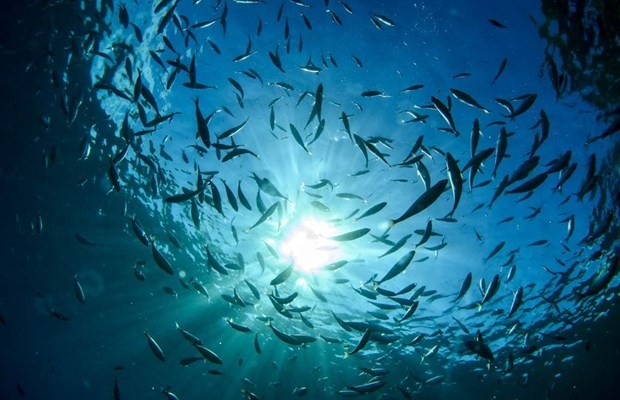The world's first international treaty to protect international waters is a landmark environmental accord designed to protect remote ecosystems vital to humanity.

The world's first international treaty to protect the high seas was adopted on June 19 at the United Nations.
Secretary-General Antonio Guterres hailed as a "historic achievement" the treaty establishing a legal framework to extend swathes of environmental protections to international waters, which comprise more than 60 per cent of the world's oceans.
UN member states finally agreed on the text for the treaty in March after more than 15 years of discussions, including four years of formal negotiations. Since then, the UN's lawyers and translators have ported over the text to ensure it matches in the body's six official languages.
Once ratified by the United Nations, the treaty needs to be ratified by at least 60 UN member states to enter into force.
Scientists have increasingly realized the importance of oceans, which produce most of the oxygen we breathe, limit climate change by absorbing CO2, and host affluent areas of biodiversity, often at the microscopic level.
"Healthy oceans, from coastal waters to remote high seas and deep seabed areas, are integral to human health, well-being, and survival," a group of scientists noted in The Lancet journal.
Currently, most of the protected marine areas are within the territorial waters of the UN member states. The treaty will extend the scope of environmental protection beyond the countries' exclusive economic zones (EEZs), which are measured 200 nautical miles (370 km) from the baselines.
More than 60 percent of the ocean lies outside the EEZ. The treaty also requires studying the environmental impact of deep-sea exploration and exploitation.
Besides, the treaty is crucial to countries protecting 30 percent of the world's oceans and lands by 2030, as agreed by world governments in a separate historic accord reached in Montreal in December.
The treaty also establishes principles for the benefit sharing of marine genetic resources (MGR) collected through scientific research in international waters.
Observers said the threshold of 60 ratifications required for it to enter into force was reachable. Although the treaty is a significant step forward in establishing the management of international waters, many issues remain regarding its implementation./.
Thuy Duong